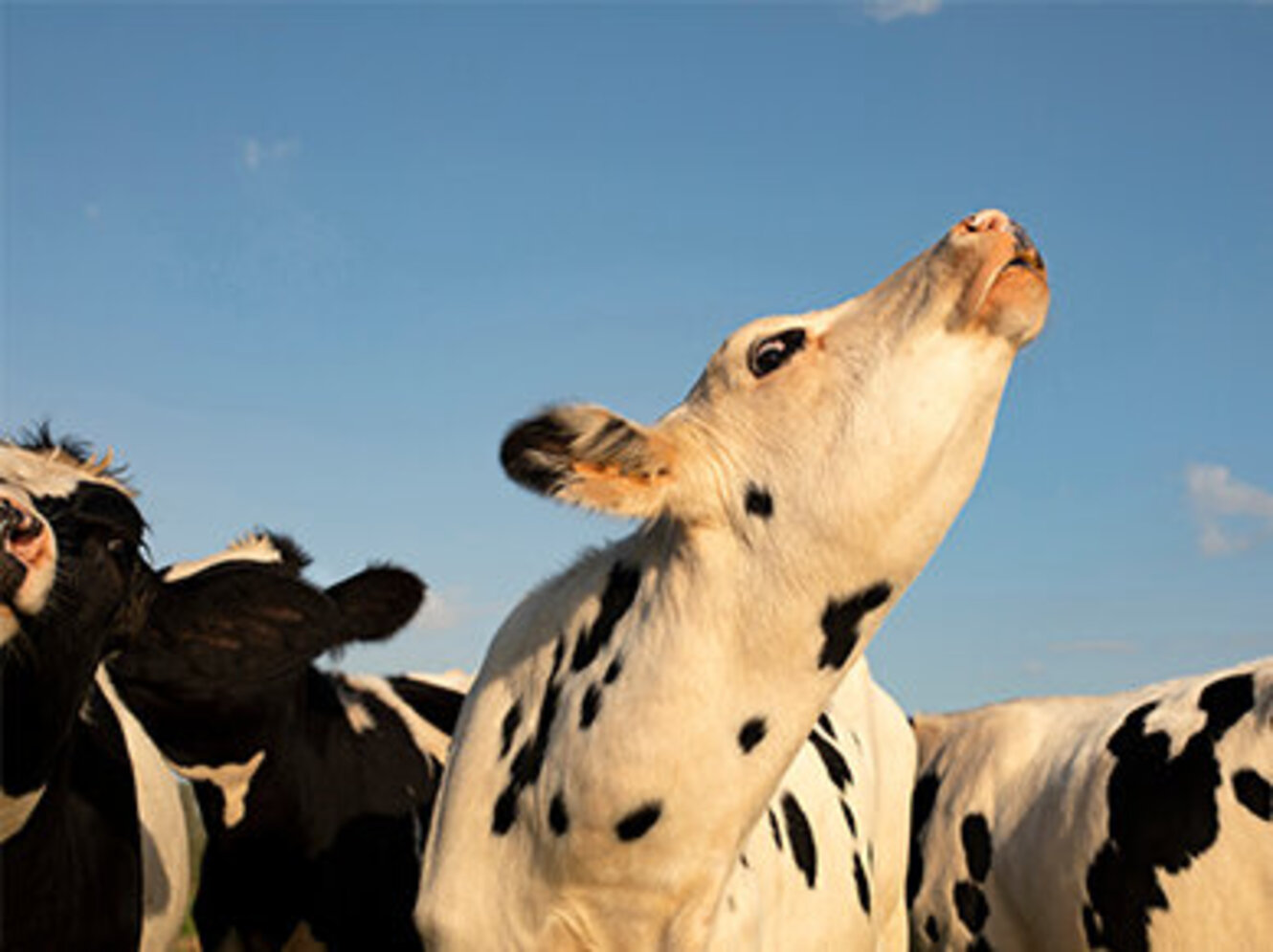Moo-tations that matter!

Imagine a living piece of agricultural history: the German Black Pied (DSN) cattle. This endangered breed, a progenitor of the modern Holstein, offers both excellent milk and high-quality meat. To protect this valuable heritage and ensure its long-term health and productivity, the Breeding Biology and Molecular Genetics Group (Gudrun Brockmann) investigated its genetic foundations. Through a comprehensive genome-wide association study of 1,852 DSN cows, they uncovered specific genes linked to critical conformation traits, including those vital for healthy udders and robust leg structure. These discoveries are crucial for developing targeted breeding programs that will strengthen the DSN breed. Ultimately, this work benefits everyone by fostering sustainable agricultural practices, improving animal welfare, and preserving the vital genetic diversity that underpins our food systems. Find out more in their Genes Article!
Abstract
Background:
The German Black Pied Dairy (DSN) cattle is an endangered dual-purpose breed considered an ancestor of the modern Holstein population. DSN is known for its high milk yield, favorable milk composition, and good meat quality. Maintaining a functional body structure is essential for ensuring sustained performance across multiple lactations in dual-purpose breeds like DSN. This study aims to identify candidate genes and genetic regions associated with conformation traits in DSN cattle through genome-wide association studies (GWAS).
Methods:
The analysis utilized imputed whole-genome sequencing data of 1852 DSN cows with conformation data for 19 linear traits and four composite scores derived from these traits. GWAS was performed using linear mixed models.
Results:
In total, we identified 118 sequence variants distributed across 24 quantitative trait locus (QTL) regions comprising 74 positional candidate genes. Among the most significant findings were variants associated with “Rump width” on chromosome 21 and “Teat length” on chromosome 22, with AGBL1 and SRGAP3 identified as the most likely candidate genes. Additionally, a QTL region on chromosome 15 linked to “Central ligament” contained 39 olfactory receptor genes, and a QTL region on chromosome 23 associated with “Hock quality” included eight immune-related genes, notably, BOLA and TRIM family members.
Conclusions:
Selective breeding for favorable alleles of the investigated conformation traits may contribute to DSN’s longevity, robustness, and overall resilience. Hence, continuous focus on healthy udders, feet, and legs in herd management contributes to preserving DSN’s positive traits while improving conformation.